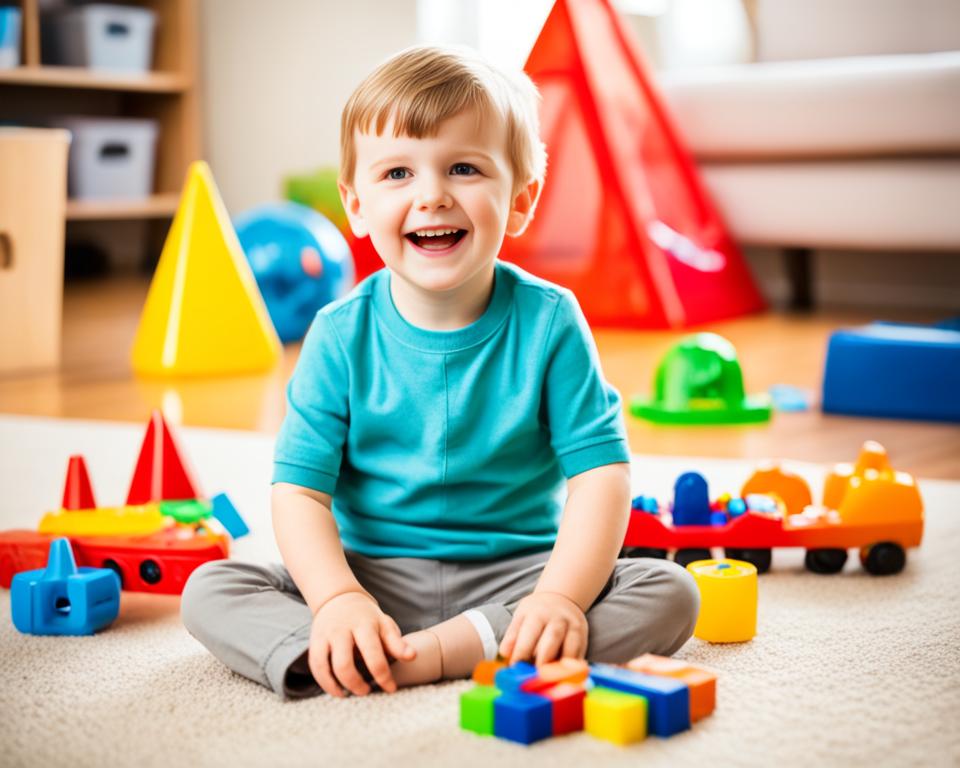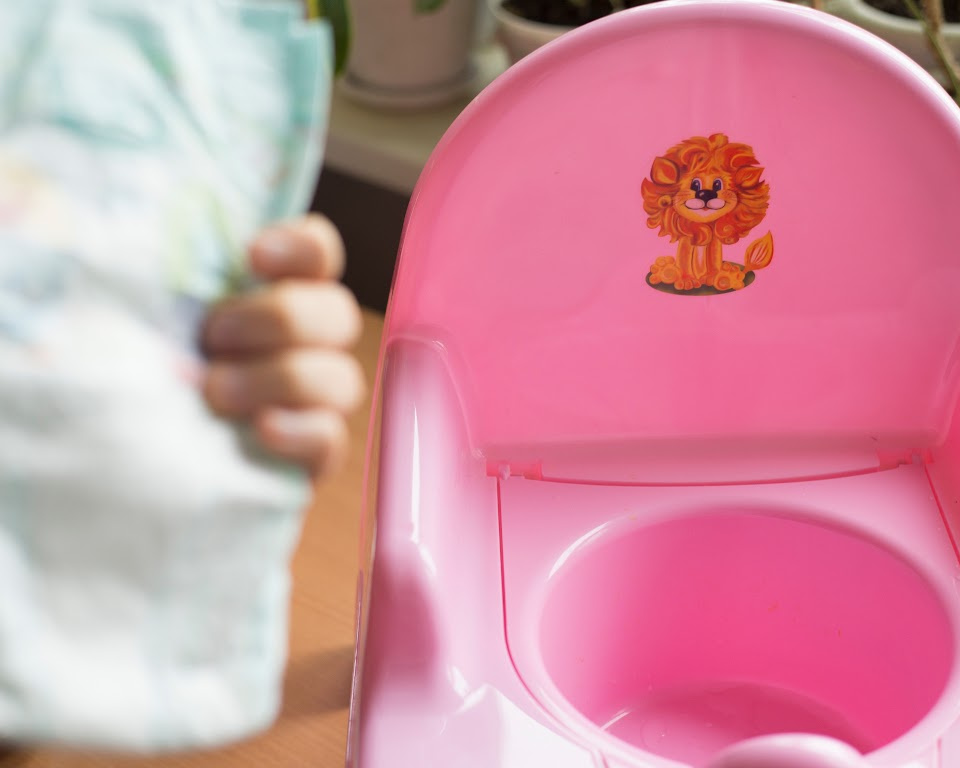Understanding how to communicate with a nonverbal autistic child is a challenge many parents, caregivers,…

Playing with a Nonverbal Autistic Child: Fun Activities
Discovering how to play with a nonverbal autistic child can be a joyful journey, full of creativity and love. While the challenges are real, the rewards of watching a child engage and grow are immeasurable. For parents and caregivers dedicated to fostering nonverbal autistic child play development, there are a wealth of engaging activities for nonverbal autistic children that can stimulate the senses, encourage interaction, and support overall growth.
Whether you’re looking to enhance communication skills with play therapy for nonverbal autistic children or searching for imaginative nonverbal autism play ideas, the key is to customize playtime to fit the unique needs and interests of each child. By introducing sensory-rich activities and structured yet flexible play scenarios, you provide an environment where nonverbal children can thrive and express themselves in new and exciting ways.
Understanding Nonverbal Autism and Communication Methods
Delving into the world of nonverbal autism opens up a kaleidoscope of communication possibilities beyond spoken words. Embracing the strengths and adapting to the unique communication methods of nonverbal autistic children is pivotal in their development. Each child’s ability to interact with their own distinctive set of gestures, expressions, and behaviors is a language in itself, waiting to be understood and supported.
The Importance of Nonverbal Communication
While a nonverbal autistic child may not convey their thoughts through speech, their actions, such as pointing, using facial expressions, or producing sounds, speak volumes about their inner world. By observing and responding to these behaviors, caregivers and educators can provide the nonverbal autistic child play support necessary for thriving interactions. It’s essential to not only recognize these nonverbal cues but also to mirror and respect them as legitimate forms of self-expression.
Adapting Sign Language for Enhanced Interaction
In the absence of verbal speech, sign language emerges as a bridge to communication for many nonverbal autistic children. This powerful tool can unlock new avenues for sharing thoughts, needs, and emotions. Adapting sign language to suit individual capabilities can enrich the exchange between the child and those around them, fostering deeper connections and strengthening their communication methods.
Integrating Sensory Supports in Communication
Acknowledging the sensory sensitivities that many nonverbal autistic children experience is a step towards nurturing their communicative strides. Implementing sensory play, such as interactive strategies that involve tactile exploration with sensory bins and tables, caters to their intrinsic preferences. These sensory play encounters can form the basis for developing receptive language skills, while also serving as a foundational element for enhancing interactive play strategies for nonverbal autistic children.
Overall, employing an understanding and flexible approach to communication methods for nonverbal autistic children, one that is rich in sensory experiences and nonverbal cues, lays a promising path for social and cognitive growth. The assurance of consistent sensory support includes creating an environment where the nonverbal autistic child feels understood and empowered to express themselves in their unique way.
How to Play with Nonverbal Autistic Child: Interactive Play Strategies
When it comes to supporting a nonverbal autistic child’s play development, selecting the right activities is crucial for fostering their engagement. This can seem like a challenge, but with the proper approach, playtime can become a highly productive and enjoyable experience. Tailoring activities to the child’s specific interests, by keenly observing their nonverbal cues, can make play interventions more effective and enjoyable for both the child and caregiver. The focus on nonverbal autistic child play development not only fuels fun but also facilitates crucial developmental milestones through play therapy for nonverbal autistic children.
Choosing the Right Activities for Engagement
Engaging activities for a nonverbal autistic child often start with a selection of games and play options that are simple yet stimulating. By presenting a variety of choices, caregivers allow the child to communicate their preferences in a nonverbal manner. Whether it’s through direct interaction with objects or the child’s response to an activity, noting these reactions is invaluable in creating a personalized and meaningful play environment. This personalized approach underscores the value of play therapy for nonverbal autistic children, laying the foundation for sustained interest and growth.
Creative Use of Learning Trays and Sensory Bins
Interactive tools like learning trays and sensory bins are a treasure trove for sensory exploration and hands-on learning. These engaging activities for nonverbal autistic children invite them to sort, match, and handle various textures, shapes, and colors, which also incidentally teaches new vocabulary and concepts in a captivating manner. Learning trays, in particular, can be aligned with any theme or interest that resonates with the child, providing a versatile medium for skill-building and promoting nonverbal autistic child play development.
Incorporating Music and Movement into Playtime
Rhythm and movement integrate seamlessly into play interventions, appealing to the child’s inherent sensory preferences and need for physical expression. Music therapy, in its various forms, can encourage a nonverbal autistic child to engage through dance, song, or even simple rhythmic clapping. Such activities can enhance motor skills, coordination, and even social interaction, making them staple components in play therapy for nonverbal autistic children. By diversifying play with music and movement, caregivers ensure a dynamic and therapeutic play environment conducive to learning and joy.
FAQs
How can I play with a nonverbal autistic child?
Engaging a nonverbal autistic child in play can be achieved through a variety of sensory-rich activities such as sensory bins, tactile toys, and visual aids. It’s important to pay close attention to the child’s responses to different stimuli and adapt your play methods accordingly. Simple, repetitive games that allow for hands-on experiences can help build rapport and encourage the child’s active participation. Also, try using play therapy techniques to engage them in a fun and supportive way.
What are effective communication methods for a nonverbal autistic child?
Effective communication methods include using nonverbal cues that the child is comfortable with, such as gestures, pictures, and sign language. Additionally, integrating sensory supports like visual schedules or touch-based activities can aid in the development of communication. Always look for cues in the child’s behavior to guide your interactions and remember that consistency and patience are key.
Why is sensory play important for nonverbal autistic children?
Sensory play is crucial for nonverbal autistic children as it helps them process information from their environment and can be soothing for those who may experience sensory overload. It also enhances learning and communication through tactile, auditory, and visual experiences. Sensory activities often lead to opportunities for the child to express themselves and connect with others.
Can sign language help a nonverbal autistic child communicate?
Yes, adapted sign language can be an excellent tool for enhancing communication with nonverbal autistic children. It provides a visual way to represent words and concepts, which can be easier for the child to understand. Sign language can bridge the communication gap and give the child a means to express their needs and thoughts.
What are some engaging activities for a nonverbal autistic child?
Engaging activities for a nonverbal autistic child can range from interactive sensory play like play dough mats and textured items to creative play with arts and crafts or music. Educational toys that stimulate fine motor skills, such as puzzles and building blocks, are also beneficial. Observing the child’s individual interests will help tailor activities that are both enjoyable and developmentally supportive.
How do learning trays and sensory bins benefit nonverbal autistic children?
Learning trays and sensory bins benefit nonverbal autistic children by providing a hands-on, interactive experience that can stimulate their senses while also teaching them new skills. These tools can be customized with materials that cater to the child’s specific developmental needs and sensory preferences, helping to build fine motor skills, language, and cognitive abilities in an engaging way.
Are there benefits to incorporating music and movement into playtime for nonverbal autistic children?
Absolutely, incorporating music and movement into playtime can have multiple benefits for nonverbal autistic children. Music can be calming or stimulating, depending on the child’s needs, and it can also help enhance auditory processing. Movement activities, such as dancing or mimicking actions, support motor development, coordination, and can be a fun way for the child to express themselves nonverbally.
How can I support the play development of a nonverbal autistic child?
To support the play development of a nonverbal autistic child, provide a safe, structured environment where the child can explore and interact at their own pace. Offer a variety of play options to find out what the child enjoys and include activities that foster both their fine and gross motor skills. Use play as an opportunity for social interaction with peers and adults, adapting the activities to the child’s communication abilities and sensory needs.



This Post Has 0 Comments